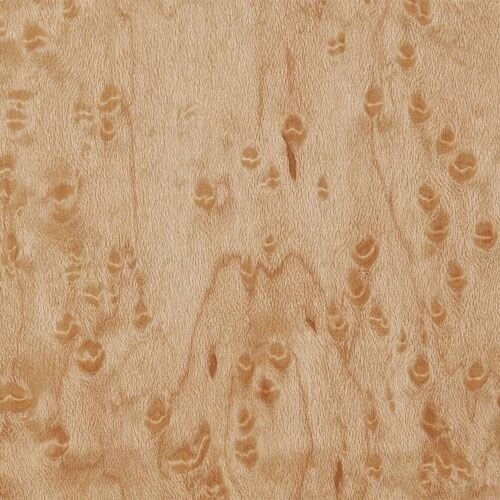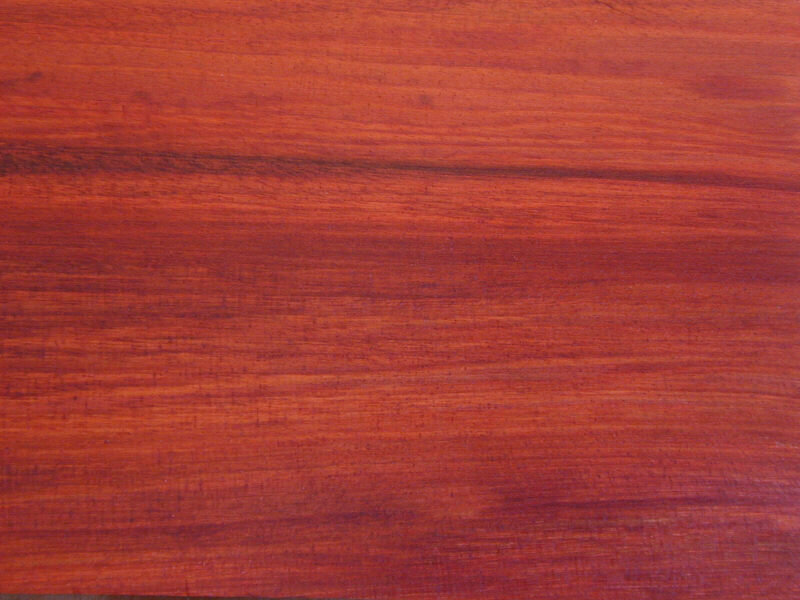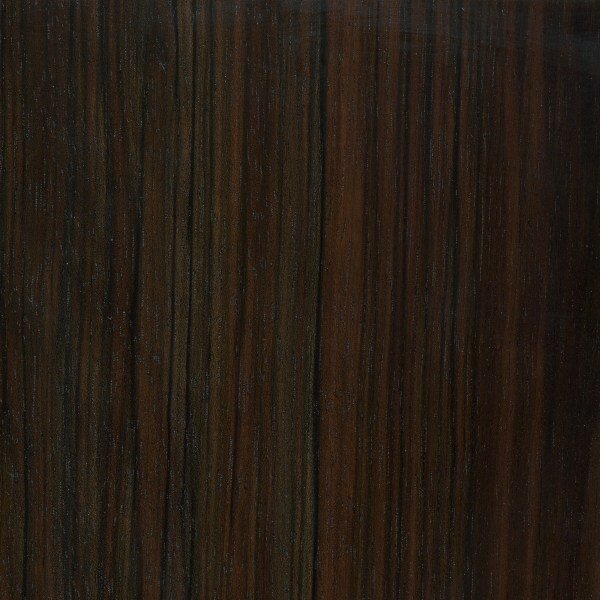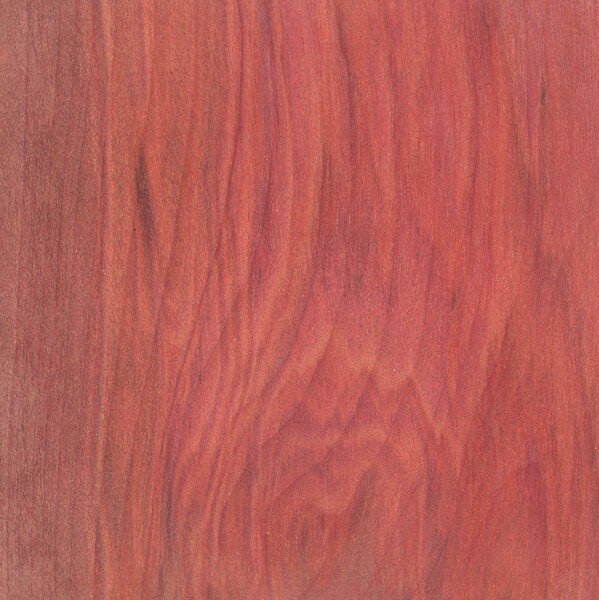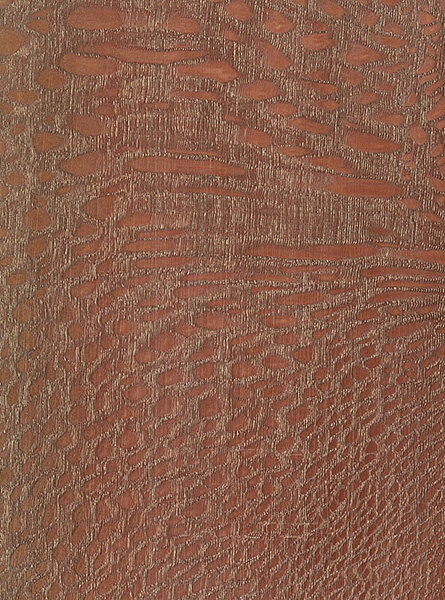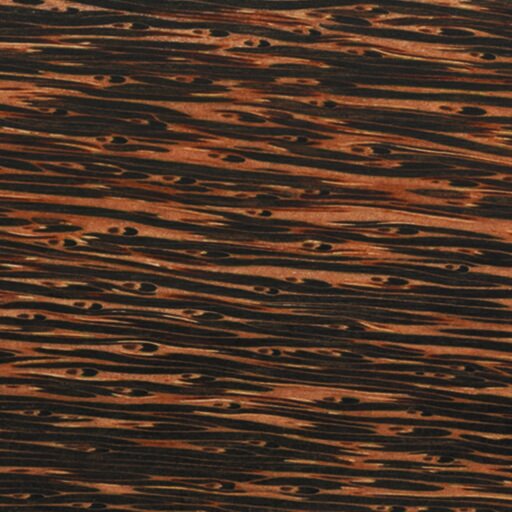Jim Wilson
Woodworker Extraordinaire
Seattle to New Orleans
For 35 years Jim Wilson's spoons could be found daily at the Pike Place Market in Seattle Washington. In 2017 Jim Wilson retired from the Market and moved to Louisiana. The move has given Jim some well-deserved time off with family as he acclimates to life down south. New Orleans hosts an enormous art community and Jim is looking to not only influence but also let this art scene inspire the next chapter of his creativity.
Jim’s work continues to be heirloom quality, designed with the perfect balance between form and function. Each item is of the highest quality, unvarnished, unstained, made from natural woods, and will stay smooth and bright for decades. Jim primarily works with Bird’s Eye Maple, the same wood they harvest for Maple Syrup, and is naturally closed grain. It doesn’t stain except when cooking with beets, berries, and mixing Kool-Aid.
Product Details
Spurtles - The Spurtle is the Scottish forerunner to our modern kitchen utensils. Because of its curved, smooth surface, it is shaped for both moving food around, and for scraping the food off the sides of any cooking vessel. They have endless uses and are built to weather years of cooking.
Measuring Spoons - Jim’s measuring spoons are made by using water for calibration.
Spreaders - Inspired by a Scandinavian design, Jim’s spreaders are designed for soft cheese and butter. If you’re ever in Sweden or any of the Scandinavian countries, you’ll often see little wooden butter knives.
Bird’s Eye Maple
Bird's eye is a type of figure that occurs within several kinds of wood, most notably in hard maple. It has a distinctive pattern that resembles tiny, swirling eyes disrupting the smooth lines of grain. It is somewhat reminiscent of a burl, but it is quite different: the small knots that make the burl is missing.
It is not known what causes the phenomenon. Research into the cultivation of bird's eye maple has so far discounted the theories that it is caused by pecking birds deforming the wood grain or that an infecting fungus makes it twist. However, no one has demonstrated a complete understanding of any combination of climate, soil, tree variety, insects, viruses or genetic mutation that may produce the effect.

